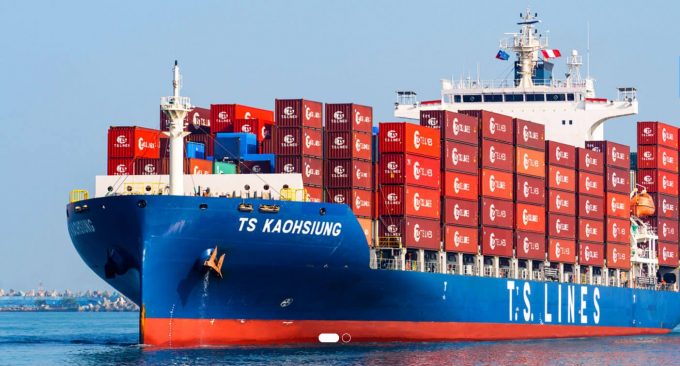Taiwan and South Korea lines don't fear US levy on Chinese ships
Taiwanese and South Korean liner operators are likely to be those least impacted by the ...

Taiwan’s TS Lines (TSL) — predominant on Asian trades — is looking to raise its market profile in India with extra loaders, refocusing from its traditional target markets.
The carrier will operate a direct, non-stop ad-hoc sailing from West India to the US west coast, according ...

Comment on this article